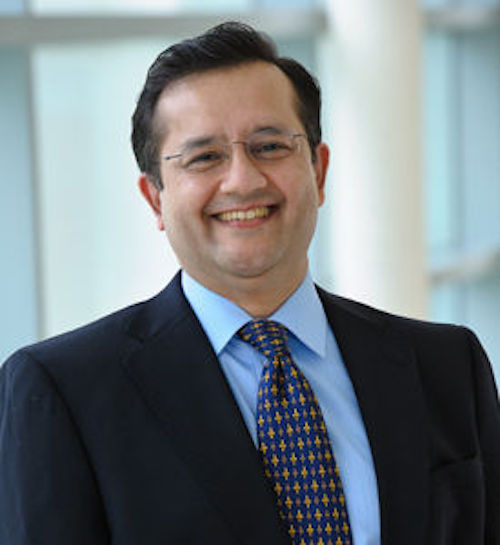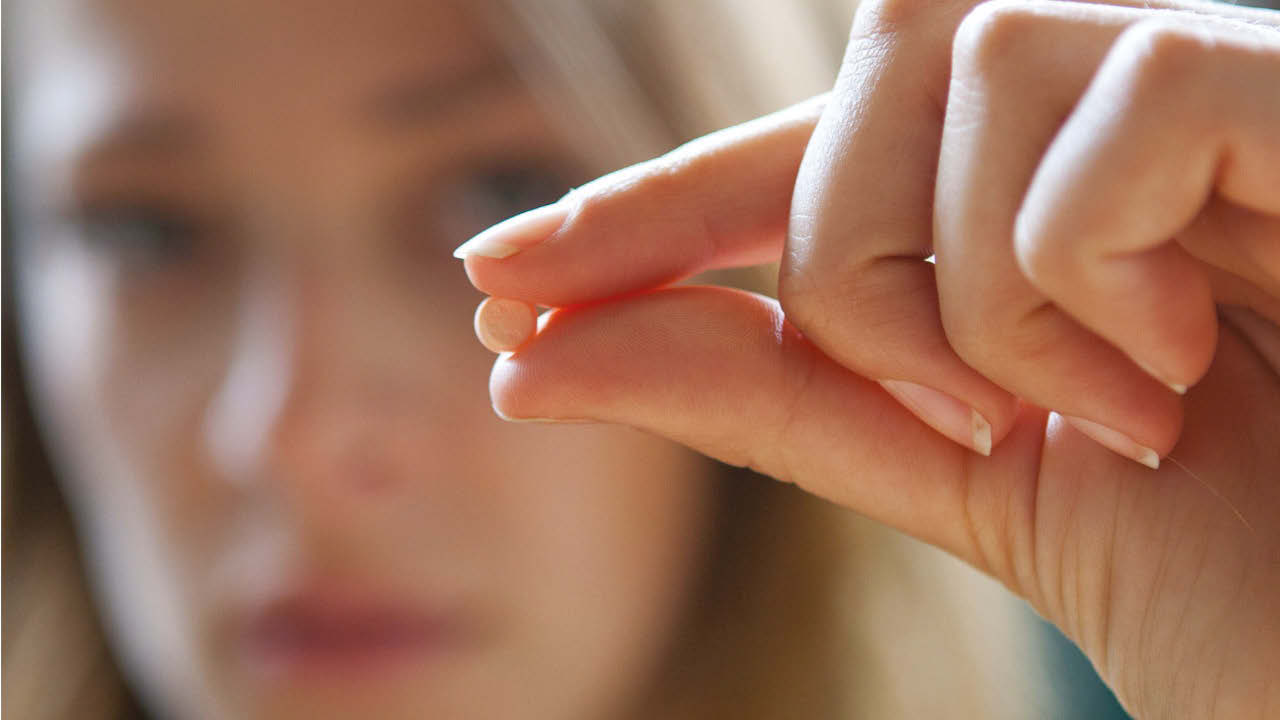
DALLAS (TIP) — Indian American Dr. Amit Pandya of the UT Southwestern Medical Center, has improved a technique to transplant pigment cells that can repair the affected area of skin discoloration from vitiligo.
Vitiligo affects about two million people in the United States. It occurs when the body is triggered to look at melanocytes, cells which give color to the skin, as foreign or abnormal. With vitiligo, the body’s own immune system starts attacking those cells, which is why it is considered an autoimmune disease.
Dr. Pandya, Professor of Dermatology at University of Texas Southwestern, refined and enhanced this technique, which uses a less painful process rather than cutting into the skin to obtain the cells needed for the transplant. The cells are harvested from a painless blister raised on the skin, then transferred to the area of involvement to replace the missing pigment cells and restore the individual’s natural skin color.
“This provides new hope for patients with vitiligo,” said Dr. Pandya, who holds the Dr. J.B. Shelmire Professorship in Dermatology. “The unique aspect of our procedure, which no one else in the world is doing, is the formation of blisters as the source of donor cells combined with laser surgery to prepare the grafted areas. The older method of cutting the skin leaves a scar.”
UT Southwestern is the only center in the United States to use this technique and one of only two to perform this type of cell transplant surgery, called non-cultured epidermal suspension (NCES) grafting, cellular grafting or melanocyte keratinocyte transplant procedure (MKTP).
For the transplant procedure, Pandya uses a syringe and a heat lamp to create a small blister graft on the thigh. Thousands of cells are removed from the blister roof and those cells are then applied to the affected area.
“It doesn’t even hurt. It feels like something is sucking on your skin. Then using heat lamps we’re able to form blisters about the size of a dime,” explained Pandya.
Dr. Pandya also serves as medical director for the DFW Vitiligo Support Group, whose mission is to educate those with vitiligo about the diagnosis and treatment of vitiligo, to provide support for those affected by vitiligo, and to increase awareness of this disorder in the general public, Science Daily noted.





Be the first to comment